You searched for Tretiva because you want the straight answer: what it is, whether it’s right for stubborn acne, how to get it safely, and what it might cost you in Australia. Here’s the deal-Tretiva is a brand of isotretinoin (the heavy hitter for severe acne). It works when nothing else does, but it comes with strict safety rules, especially around pregnancy and lab monitoring. I’ll walk you through what it is, how access works in Australia, dosing basics, side effects worth watching, and real-world costs-so you can act with confidence and avoid sketchy online traps.
What Tretiva (Isotretinoin) Is and Who It’s For
Tretiva is a capsule form of isotretinoin, a vitamin A derivative that shrinks oil glands, tames inflammation, and stops pores clogging. Dermatologists reach for isotretinoin when moderate-to-severe acne doesn’t respond to months of good topicals, antibiotics, or hormonal options. It’s not a quick cosmetic fix-it’s a serious, time-bound course aimed at long-term remission.
Brand fact: Tretiva is commonly sold in India. In Australia, you’ll see other brand names under the same active ingredient (e.g., Roaccutane-historically-, Oratane, and generic isotretinoin capsules). The molecule is the same; brands differ mainly by manufacturer, capsule excipients, and pack sizes.
Who it’s usually for:
- Severe nodulocystic acne or acne with scarring risk
- Moderate acne that’s failed adequate trials of topicals and/or antibiotics
- Acne causing major psychological distress or persistent relapses
Who shouldn’t take it:
- Anyone who is pregnant or planning pregnancy within the next month
- People who can’t commit to effective contraception and monthly pregnancy tests (for those who can become pregnant)
- Individuals with uncontrolled high triglycerides or severe liver disease
Evidence snapshot: Randomized trials and meta-analyses have shown isotretinoin leads to high clearance rates and lower relapse versus oral antibiotics for severe acne (Cochrane review, 2021). Regulators like Australia’s TGA and the US FDA highlight very high teratogenic risk, which is why pregnancy-prevention programs and tight dispensing rules exist.
Availability in Australia and How to Get It Legally (Step-by-Step)
In Australia, isotretinoin is a prescription-only medicine. Some online pharmacies flash “Tretiva” at low prices, but importing prescription acne meds without proper steps can backfire-legally and medically. The safest path is simple and faster than you think.
- Book a GP or dermatologist appointment. Bring your acne history (photos help), list prior treatments and durations (e.g., 12 weeks of topical retinoid + benzoyl peroxide, 8 weeks of doxycycline).
- Confirm you’re a candidate. Your doctor will assess acne severity, scarring, and prior treatments. They’ll screen for risks (pregnancy potential, mood history, liver issues, lipid problems) and discuss contraception if relevant.
- Baseline checks. Typical tests: liver function (ALT/AST), fasting lipids, and a pregnancy test where applicable. Many doctors also check a second pregnancy test before the first dispense.
- Get your prescription. In Australia, expect a brand available locally (often “isotretinoin” or familiar brands). Whether the label says Tretiva or another brand isn’t important-the active ingredient is what matters.
- Fill it at a community pharmacy. Isotretinoin for severe acne is PBS-listed. Your out-of-pocket is usually around the PBS co-payment (general patients pay roughly low-30s AUD per script; concession much lower). Prices vary with brand and strengths stocked.
- Monthly follow-ups. Expect check-ins for side effects, pregnancy tests (if relevant), and sometimes repeat labs at 1-2 months, then only if needed.
What about buying Tretiva from overseas sites? Australia’s Personal Importation Scheme allows limited import of prescription meds with an Australian prescription and strict rules. But with isotretinoin’s teratogenic risk and the real risk of counterfeit supply, importing isn’t worth it. Your local script plus PBS access is safer, often cheaper, and backed by pharmacist counselling.
US readers sometimes ask about iPLEDGE. That program is specific to the United States. Australia doesn’t use iPLEDGE, but doctors follow a similar pregnancy prevention approach (two negative tests pre-start, ongoing monthly tests, and one after stopping).
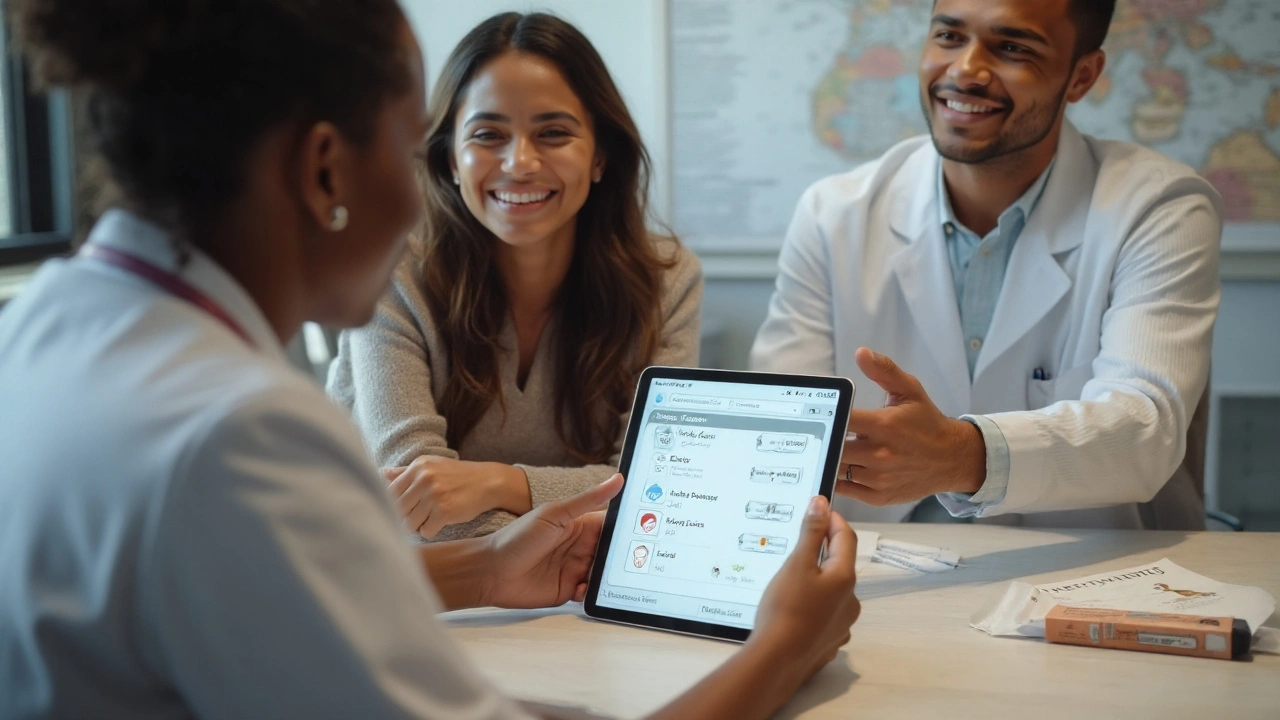
Dosing, Labs, and the Daily Routine (Practical Guide)
There’s no one-size dose. Doctors tailor it to your body weight, lab results, and how your skin tolerates dryness. Here’s the practical frame most Australians experience, based on dermatology guidelines and common practice.
- Starting dose: ~0.3-0.5 mg/kg/day. If you weigh 60 kg, that’s roughly 20-30 mg daily.
- Target dose: Up to 1 mg/kg/day if tolerated. Many do fine in the 0.5-0.8 mg/kg/day range.
- Cumulative goal: 120-150 mg/kg over the full course. This total exposure is linked to longer remission. For 60 kg, that’s ~7,200-9,000 mg across several months.
- Course length: Commonly 4-8 months. Slower, longer courses can reduce flare-ups and dryness.
- With food: Take with a meal that includes some fat to boost absorption. Newer isotretinoin formulations in other countries claim food independence, but standard capsules benefit from food.
Routine that works in real life:
- Morning: gentle cleanse, non-comedogenic moisturiser with SPF 50+, lip balm.
- Evening: take capsule with dinner; gentle cleanse; thicker moisturiser if dry; lip balm again.
- Carry: lip balm, mini moisturiser, lubricating eye drops if your eyes dry out with screens or contacts.
Lab monitoring:
- Before starting: LFTs, fasting lipids, pregnancy test (if relevant).
- After 4-8 weeks: Repeat LFTs/lipids. If stable and dose steady, many doctors stop routine monthly labs.
- Pregnancy testing: Monthly during treatment and 1 month after.
When to adjust or pause:
- Triglycerides climb high (your doctor will give a number; lifestyle tweaks and dose adjustments help).
- Significant liver enzyme rise.
- Severe headaches with vision changes (stop and seek care-rare intracranial pressure issue).
- Mood changes that worry you or those around you.
Skincare and lifestyle tips that save you grief:
- Skip waxing, dermabrasion, and deep peels during treatment and for 6 months after-your skin is fragile and scars easily.
- Choose SPF 50+ and reapply; isotretinoin skin burns faster.
- Avoid vitamin A supplements and high-dose multivitamins-they can compound side effects.
- Go easy on alcohol; it can amplify triglyceride and liver issues.
Risks, Side Effects, and Safety Rules You Shouldn’t Ignore
Most people get dry lips and dry skin. That’s expected and manageable. What matters is spotting the few red flags early.
Very common (≥10%):
- Cheilitis (lip cracking), dry skin, dry eyes, nose dryness/bleeds
- Initial acne flare in the first 2-4 weeks (often settles with dose tweaks)
Common (1-10%):
- Back pain, joint aches, headaches
- Raised triglycerides, mild rise in liver enzymes
Uncommon/rare but important:
- Severe headache with visual symptoms (possible raised intracranial pressure)
- Significant mood changes; the data is mixed, but it deserves attention. Let your doctor know promptly.
- Severe abdominal pain or bloody diarrhoea (stop and seek care)
Pregnancy safety (non‑negotiable):
- Isotretinoin causes severe birth defects. Use two forms of contraception or a highly effective method as advised, starting 1 month before, during, and 1 month after.
- Two negative pregnancy tests before starting, then monthly, and one after stopping.
- No blood donation during treatment and for at least 1 month after (prevents exposing a pregnant recipient).
Drug interactions worth knowing:
- Tetracycline antibiotics (e.g., minocycline, doxycycline): avoid together due to raised intracranial pressure risk.
- Vitamin A/retinol supplements: increase toxicity-skip them.
- St John’s Wort: can reduce the effectiveness of some contraceptives-don’t rely on it.
- Progestin-only “mini pill”: may be less reliable; doctors often recommend a combined pill or long-acting reversible contraception.
What I tell mates who are nervous: dryness is normal and fixable; scary stuff is rare, but you don’t ignore red flags. Keep a notes app log-headaches, mood, any weird symptoms. It helps your doctor tweak things quickly.
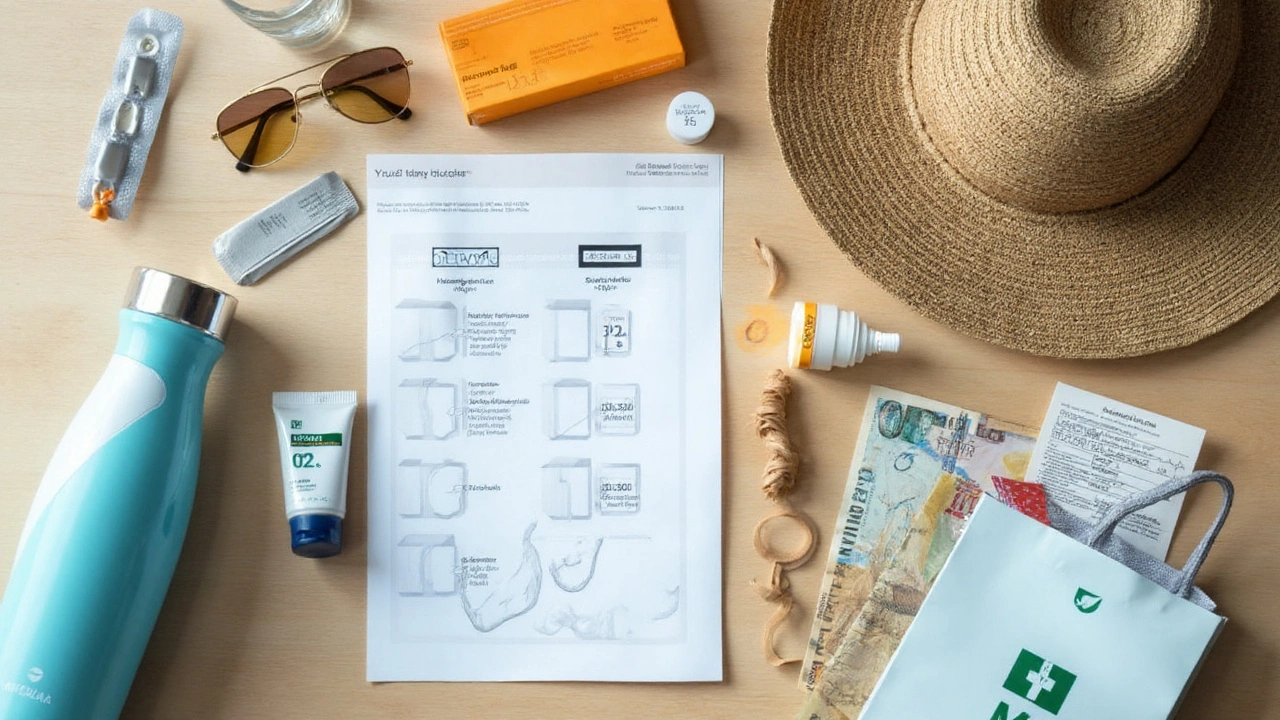
Costs, Brand Comparisons, FAQs, and Your Next Steps
Cost matters, and brand names confuse people. Here’s a quick reference using Australia and India as examples, since Tretiva is commonly searched from both contexts.
| Region | Common Brands | Strengths (mg) | Typical Access | Approx. Patient Cost |
|---|---|---|---|---|
| Australia | Isotretinoin (generic), Oratane, others | 5, 10, 20, 30, 40 | Prescription via GP/dermatologist; PBS-listed for severe acne | PBS co-payment (roughly low-$30s general; low single digits concession per script) |
| India | Tretiva (Intas), Isotroin, Acnetoin, etc. | 5, 10, 20, 30, 40 | Prescription; widely stocked in local pharmacies | Varies by brand; often lower per-strip cost than AU (currency-dependent) |
Two takeaways:
- The active ingredient is the same. Your doctor can switch brands based on availability and price.
- In Australia, legitimate supply through PBS often beats risky “cheap online” offers once you factor safety, follow-up, and counterfeit risk.
Quick FAQs
- Is Tretiva available in Australia by that name? Usually you’ll get “isotretinoin” or another local brand. Ask your pharmacist for what they stock-it’s the same drug.
- How long until I see results? Many notice changes by week 4-6; best results unfold by months 3-5.
- Will acne come back? Some people need a second course months or years later. Hitting the cumulative dose target reduces relapse odds.
- Can men take it? Yes. Men don’t need contraception for birth defect prevention, but can’t donate blood during treatment and for 1 month after.
- Can I wear makeup? Yes-choose non-comedogenic, gentle removal, moisturise well.
- Contact lenses feel dry-normal? Common. Use preservative-free lubricating drops or switch to glasses on dry days.
- Any diet changes? No special diet, but taking capsules with a meal that includes some fat improves absorption. Go easy on alcohol.
Red flags for online buying (so you don’t get burned):
- No prescription required or offers bulk “acne cure” packs-walk away.
- Prices that are too good to be true plus no pharmacist counselling-classic counterfeit signs.
- Unclear manufacturer, foreign-language-only labels, or capsules that look different between batches.
What to ask your doctor at the first visit:
- “What starting dose makes sense for my weight and acne type?”
- “When will we check labs again if my first results look fine?”
- “What birth control options suit me while on isotretinoin?”
- “What should trigger a dose reduction or a pause?”
Next steps by scenario:
- You’ve failed antibiotics and topicals: Book a GP visit, bring your treatment timeline, and ask for an isotretinoin discussion.
- You’re worried about side effects: Consider a lower-and-slower plan; dryness can be managed with moisturisers, lip balm, and dose tweaks.
- You’re planning pregnancy in the next few months: Hold off and discuss alternative acne options like topical retinoids (stopped before conception), benzoyl peroxide, or azelaic acid-your doctor will tailor a plan.
- You live in Sydney and want speed: Many GPs can start the process; a dermatologist is helpful for complex cases or scarring.
Credibility notes: Safety information in this guide aligns with Australia’s TGA advisories on isotretinoin, RACGP acne management recommendations (2022), dermatology reference texts, and controlled trial evidence on dosing and relapse (Cochrane, 2021). iPLEDGE policies are US FDA-specific and included here only for context.
Last word from someone who’s seen a lot of journeys through isotretinoin in Sydney: the medicine can be life-changing when you respect its rules. Get the script locally, stick to the plan, moisturise like it’s your job, and keep your doctor in the loop. That’s how you win this one.

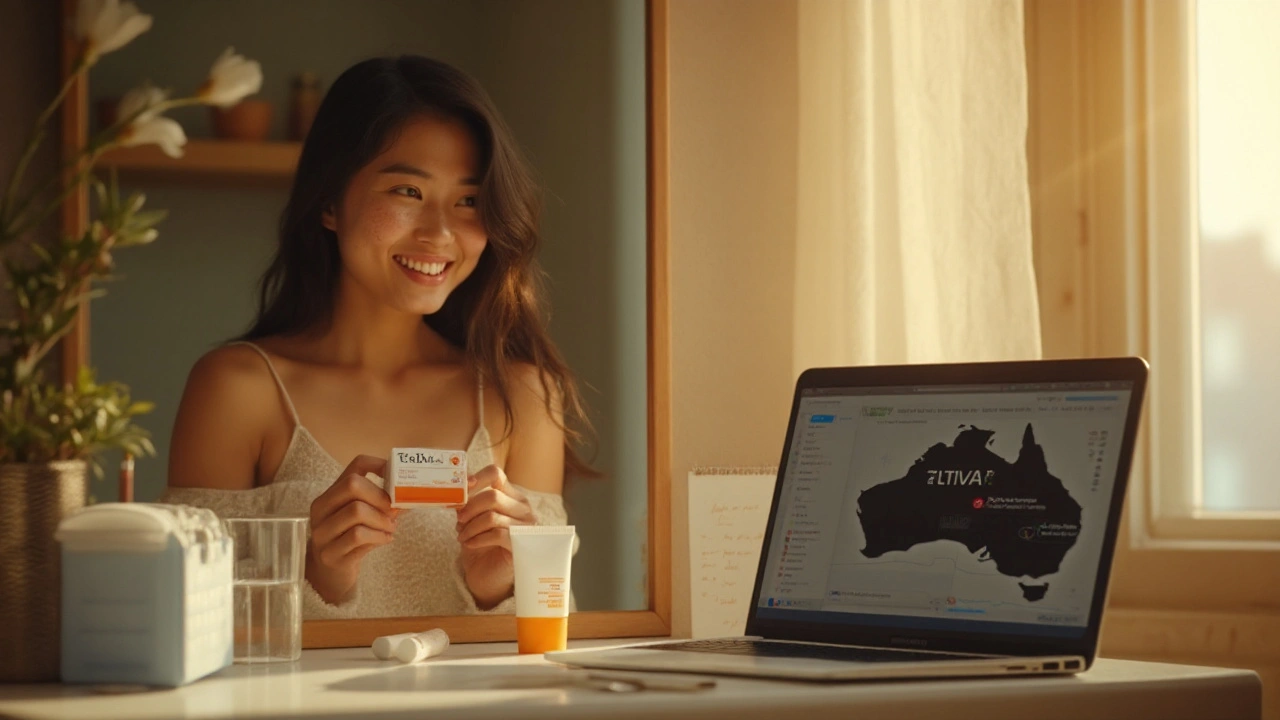
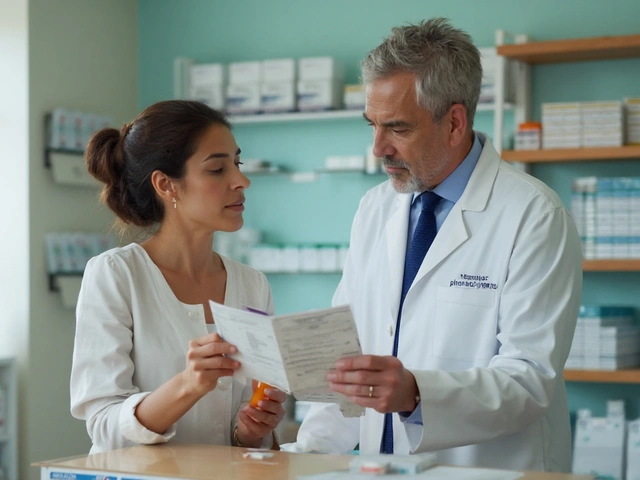
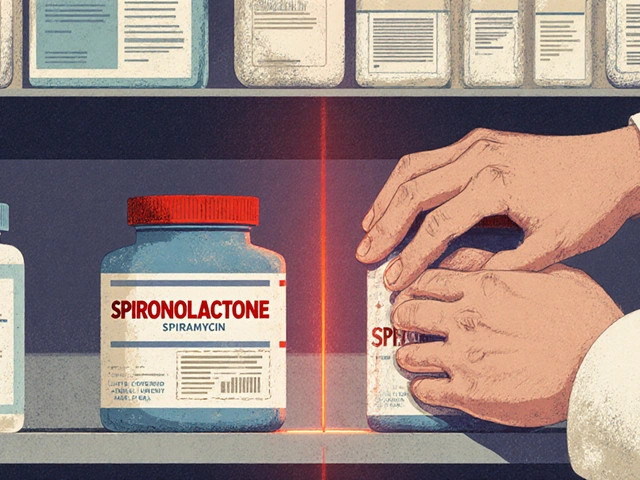



7 Comments
Cayla Orahood August 22, 2025
They don't want you to know what the pharma giants are really doing with isotretinoin. The government has quietly signed deals that make cheap knock‑offs look safe while the real risks are buried in fine print. You think you're just getting a prescription, but it's part of a larger experiment on our skin. Keep your eyes open and demand full transparency before you swallow those capsules.
McKenna Baldock September 12, 2025
From an ethical standpoint, the necessity of strict contraception protocols reflects a profound respect for potential life. Moreover, the documented efficacy of isotretinoin in severe acne aligns with evidence‑based practice. Patients should therefore weigh the benefits against the well‑documented teratogenic risk. Informed consent remains paramount.
Roger Wing October 3, 2025
Everyone acts like isotretinoin is the only answer it’s just a pill made for profit. I think the side effects are exaggerated by the media. Labs aren’t needed after the first check
Matt Cress October 24, 2025
Oh sure, just pop a vitamin A derivative and expect flawless skin tomorrow – as if! The dosage chart looks like a math test you cant pass without a calculator. And dont forget the endless moisturiser regime, its like a full‑time job. Also, the whole "no pregnancy" rule is a nightmare for anyone trying to start a family soon. Whatever, youa re just another marketing ploy.
Andy Williams November 13, 2025
Isotretinoin is a potent retinoid with documented efficacy.
Paige Crippen December 4, 2025
They hide the real side effects behind glossy brochures. Trust only independent research.
sweta siddu December 25, 2025
Hey friends! 🌟 If you’re thinking about starting isotretinoin, remember to keep your skin hydrated and your spirits high! 💧✨ Moisturiser, lip balm, and a good sunscreen are your new BFFs. 😊 Also, don’t forget to schedule those monthly labs – they’re part of the adventure! 🚀 Stay safe, stay fabulous! 💖